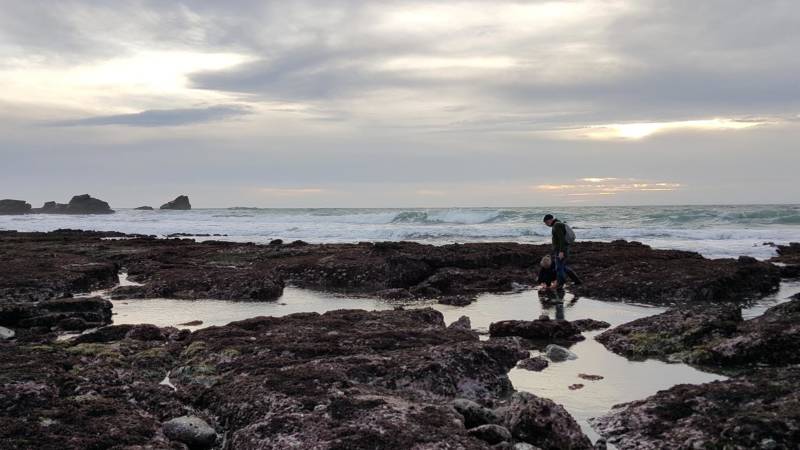Regular citizens armed with little more than cell phones can transform scientific research, according to Bay Area writer and environmentalist Mary Ellen Hannibal. Citizen scientists, amateurs who take part in scientific endeavors, are tracking sea star die-offs along the Pacific coast and monitoring bird migrations in the Central Valley. They’re also part of a long tradition of amateur researchers, from Thomas Jefferson to Ed Ricketts. Hannibal joins Forum to talk about the role everyday people can play in scientific research and about her new book, “Citizen Scientist: Searching for Heroes and Hope in an Age of Extinction.”
Projects Mentioned by Mary Ellen Hannibal
- California Academy of Science: facilitates a variety of citizen science projects including bioblitzes
- ebird.org: project of Cornell Lab of Ornithology and National Audubon Society
- iNaturalist.org: a species identification and recording app from the California Academy of Sciences
- Nature’s Conservancy Bird Return
- Nature’s Notebook
- Salmon Protection and Watershed Network (SPAWN)
- SeaStarWasting.org: submit observations of diseased and juvenile sea stars to UC Santa Cruz
- Tigers on Market Street: focuses on creating urban habitat for the Western Tiger Swallowtail butterfly
Projects Mentioned by Listeners
- San Francisco Bay Bird Observatory: volunteers band birds at Coyote Creek in the South Bay every Wednesday, Saturday and Sunday, weather permitting
- Keep Tahoe Blue: trains citizen scientists to monitor pollution and invasive species in Lake Tahoe
- River Otter Ecology Project: uses citizen “otter spotters” to assess ecology, range and status of river otters
More Information:
Read an excerpt of “Citizen Scientist: Searching for Heroes and Hope in an Age of Extinction” (KQED Science)
